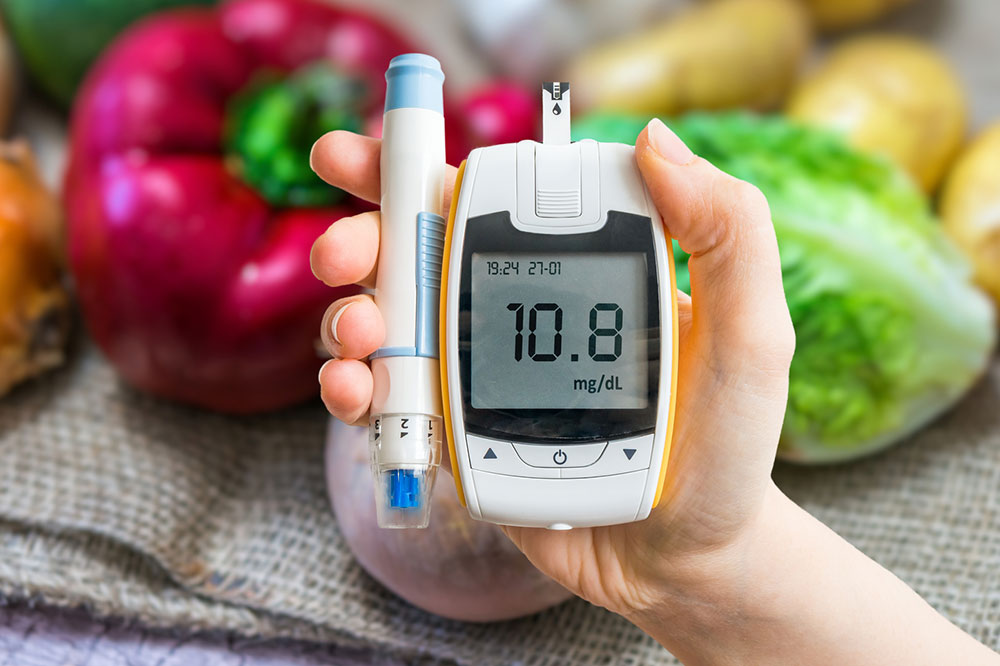Comprehensive Guide to Diabetes: Recognizing Symptoms, Understanding Causes, and Identifying Risk Factors
This comprehensive article explores the symptoms, causes, and risk factors of diabetes, emphasizing early detection and lifestyle changes for prevention. It covers both types of diabetes and gestational diabetes, offering valuable insights to help readers understand this widespread health condition and manage it effectively.

Comprehensive Guide to Diabetes: Recognizing Symptoms, Understanding Causes, and Identifying Risk Factors
Diabetes mellitus is a complex and chronic metabolic disorder that impacts millions of people worldwide. It is characterized by the body's inability to properly regulate blood glucose levels, often due to issues related to insulin production, utilization, or both. Insulin, a crucial hormone produced by the pancreas, plays an essential role in converting glucose from the foods we eat into energy. When the body either doesn't produce enough insulin or cannot effectively use the insulin it produces, it leads to elevated blood sugar levels, resulting in various health complications. This article provides an in-depth overview of diabetes, including its key symptoms, underlying causes, risk factors, and prevention strategies, aiming to increase awareness and understanding of this widespread disease.
Understanding the Symptoms of Diabetes
Recognizing the symptoms of diabetes early can be life-saving, as prompt diagnosis allows for better management and can prevent serious complications. Both types of diabetes—Type 1 and Type 2—share many common signs, but there are also gender-specific manifestations and variations that are important to note.
Common Symptoms of Diabetes
Many individuals with diabetes exhibit symptoms that are often subtle and develop gradually. The most frequently observed signs include:
Unexpected and unexplained weight loss, especially in Type 1 diabetes, due to the body breaking down fat and muscle for energy when insulin is deficient.
Blurred or distorted vision caused by fluctuating blood sugar levels affecting the shape of the lens in the eye.
Persistent fatigue and decreased energy levels, due to cells not receiving adequate glucose for fuel.
Extreme hunger (polyphagia) or thirst (polydipsia), driven by elevated blood sugar levels and dehydration.
Frequent urination (polyuria), an attempt by the kidneys to eliminate excess glucose from the bloodstream.
Non-healing wounds and sores that take longer than usual to heal, indicative of impaired blood circulation and immune function.
Gender-specific Symptoms
While many symptoms overlap, some manifestations are gender-specific, especially in men and women. Understanding these can aid in early detection and tailored management:
Erectile dysfunction is a common complication in men with unmanaged diabetes, stemming from nerve damage and blood vessel impairment.
Decreased libido or sexual desire may be experienced by both genders, often linked to hormonal imbalances and vascular issues.
Muscle weakness can occur due to prolonged high blood glucose levels affecting muscle function and energy metabolism.
Women may experience additional issues such as:
Candidiasis, a yeast infection resulting from elevated sugar levels providing a favorable environment for fungal growth.
Urinary tract infections, which are more common among women with diabetes due to immune compromise and glycosuria.
Itchy or dry skin, caused by dehydration and poor circulation associated with high blood sugar levels.
Gestational Diabetes: An Often Silent Problem
Gestational diabetes is a form of diabetes that occurs during pregnancy and typically affects women between the 24th and 28th weeks of gestation. Often, women with gestational diabetes do not exhibit obvious symptoms, making screening essential. Common signs such as increased urination or thirst might be subtle but should be monitored closely. It's vital because unmanaged gestational diabetes can pose health risks to both mother and baby, including preeclampsia, premature birth, and increased likelihood of developing Type 2 diabetes later in life.
Causes of Diabetes
The underlying causes of diabetes vary based on the specific type, with genetic, environmental, and lifestyle factors playing critical roles:
Type 1 Diabetes
This form is primarily an autoimmune condition, where the body's immune system mistakenly attacks and destroys the insulin-producing beta cells in the pancreas. The exact trigger remains unknown, but viral infections and genetic susceptibility are believed to contribute. People with Type 1 diabetes require lifelong insulin therapy to manage their blood sugar levels.
Type 2 Diabetes
The most prevalent form of diabetes, it results from a combination of insulin resistance—the body's inability to respond effectively to insulin—and an eventual decline in insulin production. This type is strongly associated with genetic predisposition and lifestyle factors such as poor diet, physical inactivity, and obesity. Excess weight, especially around the abdomen, significantly increases the risk. Certain ethnic groups also show higher susceptibility due to genetic and socio-economic factors.
Gestational Diabetes
This type is caused by hormonal changes during pregnancy that interfere with the body's ability to use insulin effectively. Overweight women or those gaining significant weight during pregnancy are at increased risk. Conditions like polycystic ovary syndrome (PCOS) and a history of gestational diabetes also elevate the likelihood of developing this condition.
Risk Factors for Developing Diabetes
Understanding risk factors is crucial for prevention and early intervention. These factors differ among the various types of diabetes:
Type 1 Diabetes Risk Factors
Primarily affects children and adolescents, but can occur at any age.
A family history of autoimmune diseases or diabetes increases susceptibility.
Type 2 Diabetes Risk Factors
Leading a sedentary lifestyle with minimal physical activity.
Age over 45 years, as risk increases with age.
Excess body weight, especially central obesity.
Family history of diabetes, indicating genetic predisposition.
Pre-diabetic conditions, such as impaired fasting glucose or glucose tolerance.
Previous episodes of gestational diabetes.
High levels of triglycerides, low HDL cholesterol, or hypertension contributing to metabolic syndrome.
Gestational Diabetes Risk Factors
Pregnancy in women aged 25 years or older.
Overweight or obese before pregnancy.
Having delivered a baby weighing over 9 pounds (4.1 kg).
Family history of diabetes.
History of gestational diabetes in previous pregnancies.
Presence of Polycystic Ovary Syndrome (PCOS), which is linked to insulin resistance.
Environmental factors, pre-existing health conditions, and lifestyle choices such as diet, smoking, and stress levels significantly influence the risk of developing diabetes. Proactive management of these factors through healthy living can reduce the likelihood of onset and improve disease outcomes.
In conclusion, diabetes remains a major public health challenge worldwide. With early recognition of symptoms, understanding of underlying causes, and awareness of risk factors, individuals can take meaningful steps toward prevention and effective management of this chronic condition. Regular screening, a balanced diet, physical activity, and medical consultation are essential tools to combat the disease and maintain a high quality of life.





